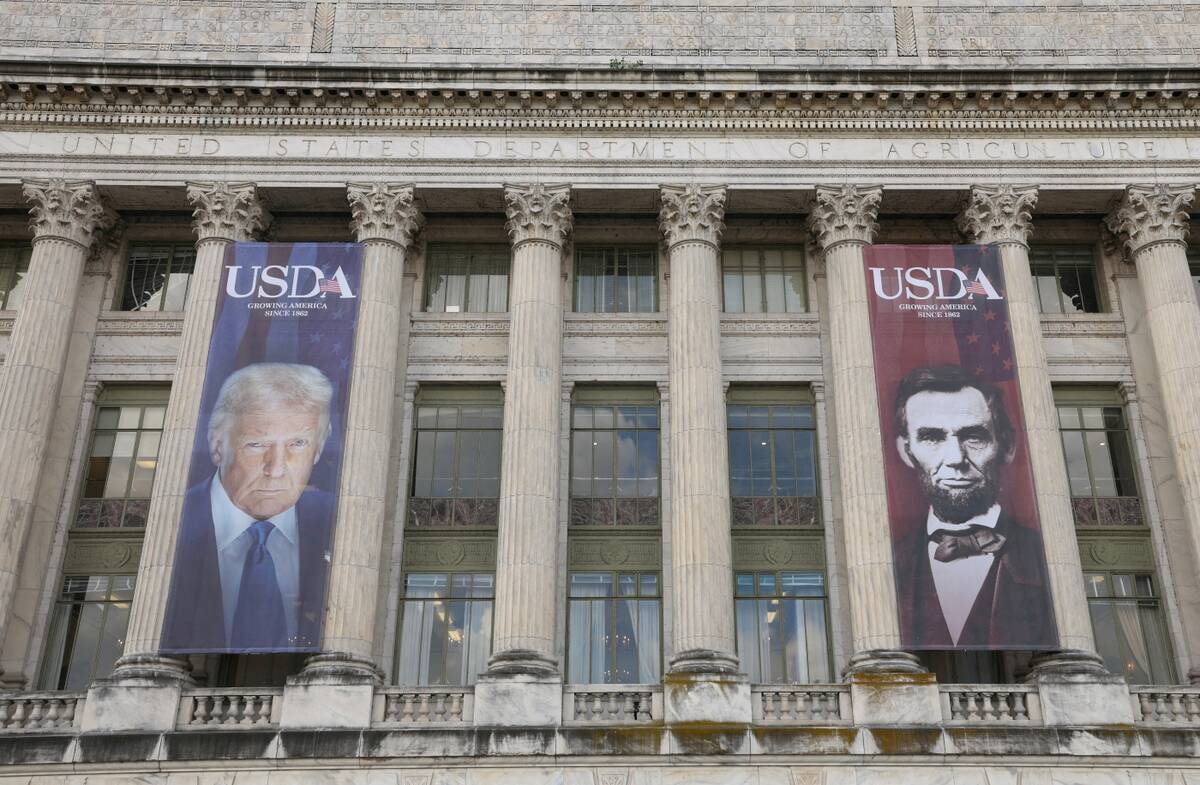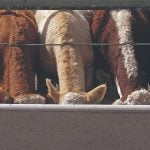For the week ending September 14, Western Canadian feeder cattle prices were relatively unchanged compared to seven days earlier. However, yearling quality has become quite variable resulting in a diverse price structure.
Many pastures have deteriorated by this time of year, and there’s a longer transition period into the feedlot to the grain based diet. Feed efficiencies tend to drag on these cattle and there are certain pockets in Western Canada that experienced minor discounts.
Margins on incoming cattle are starting in negative territory. The inverse in feeder cattle futures has encouraged feedlot operators to be patient. While the yearling market is down from early August, there’s a ways to go before these cattle pencil profitably.
Read Also

Farmers, traders ‘flying blind’ as U.S. shutdown blocks key crop data
U.S. data vital to global grain and soybean trading has gone dark during the country’s federal government shutdown, leaving commodity traders and farmers without crop production estimates, export sales data and market reports during the peak of the autumn harvest.
South of Edmonton, larger-frame, Simmental-based steers weighing 1,000 pounds off grass, with mineral supplement and full processing data traded for $317. In central Alberta, larger-frame mixed steers off grass but no supplement, averaging 960 pounds, with vaccination records sold for $322. In the same region, black heifers off grass, with mineral supplement, averaging 930 pounds were quoted at $298.
In southern Manitoba, Angus-blended steers weighing 860 pounds off grass traded for $330. Similar genetic and quality heifers averaging 850 pounds were valued at $300. South of Edmonton, a large pen-sized group of Charolais heifers off grass, with mineral supplement, weighing 850 pounds, dropped the gavel at $326. Northwest of Winnipeg, Simmental-based steers weighing a shade over 800 pounds apparently sold for $363.
Southeast of Saskatoon, 725-pound Charolais steers off grass reportedly traded for $370 while northwest of Winnipeg, tan steers, scaled at 700 pounds, touched $382. In central Alberta, Simmental-based heifers long-term weaned, with health data, weighing 700 pounds charted course at $350.
In central Alberta, Charolais-mixed, unweaned calves weighing 630 pounds sold for $380. Northwest of Winnipeg, black semi-weaned steers weighing 615 pounds were quoted at $395. Southeast of Saskatoon, Charolais-blended, weaned steers weighing 620 pounds were valued at $415.
In Manitoba, a small group of unweaned Charolais steers weighing 540 pounds were apparently sold for $430. In central Alberta, Charolais Simmental-blended steers weighing 555 pounds, off their mothers, ran out of bids at $399. In east-central Saskatchewan, black steers with Limousin characteristics (unknown weaning), weighing just over 500 pounds reached up to $464.
The calf market remains in price discovery but there were aggressive bids surfacing from Ontario in the eastern Prairie regions. There were no premiums this week in Lethbridge.
Finishing feedlots are shopping for pre-conditioned, vaccinated calves while leaving the run-of-the-mill types for backgrounder care. The farmer backgrounding operator is still busy in the field so the discounts can be quite steep on non-vaccinated bawlers.
— Jerry Klassen is president and founder of Resilient Capital, specializing in proprietary commodity futures trading and market analysis. Jerry consults with feedlots on risk management and writes a weekly cattle market commentary. He can be reached at 204-504-8339 or via his website at ResilCapital.com.
















